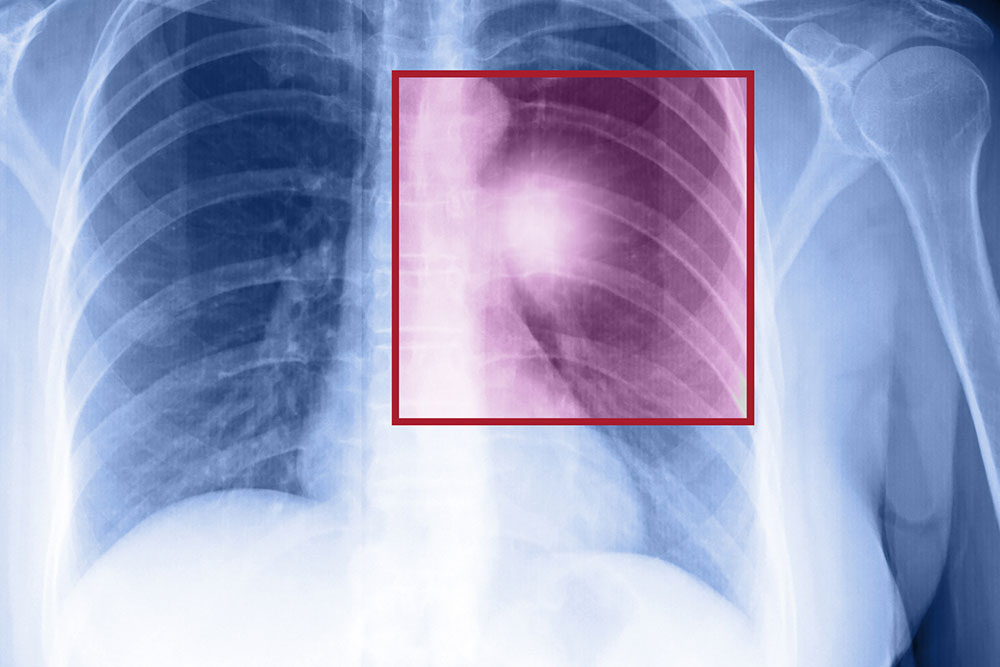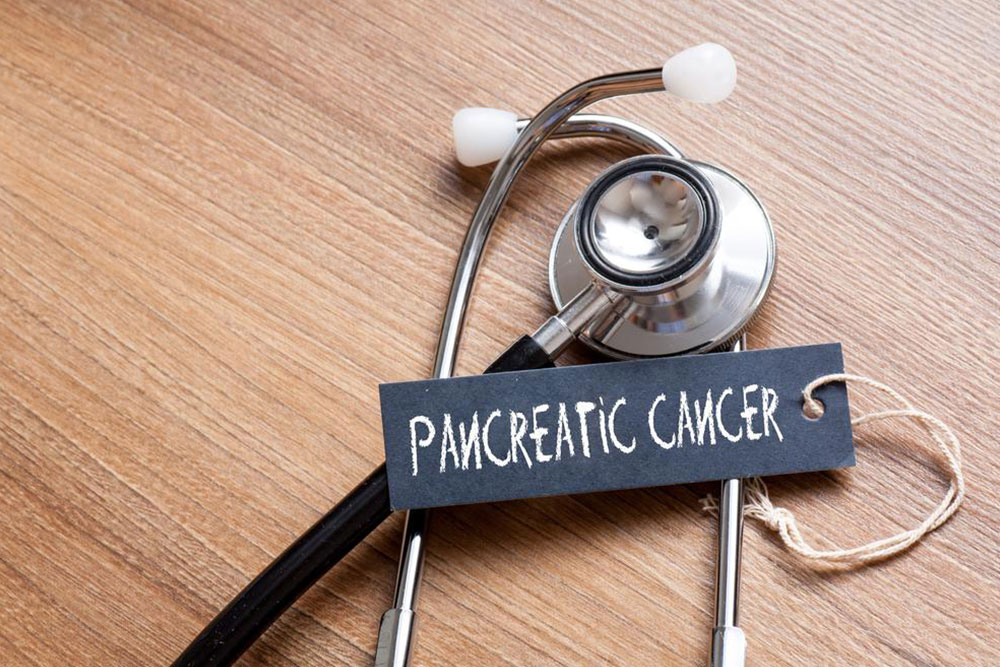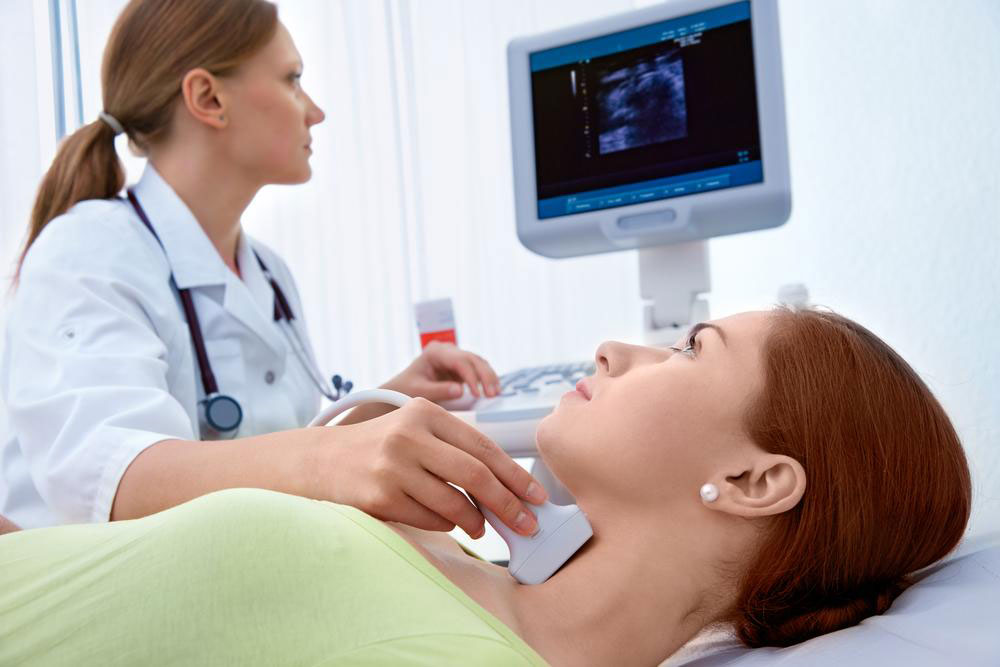Comprehensive Guide to Bacterial Pneumonia: Causes, Symptoms, and Effective Treatments
Bacterial pneumonia is a major lung infection caused by bacteria, requiring prompt diagnosis and effective treatment. This comprehensive guide covers causes, symptoms, diagnosis, natural remedies, and treatment options. Understanding these aspects helps improve outcomes and supports faster recovery. Prevention strategies like vaccination and hygiene are crucial for reducing infection risk. Recognizing symptoms early and seeking medical care are essential steps to prevent complications from this potentially serious disease. This detailed article provides valuable insights suitable for anyone concerned about lung health and infectious diseases.

Comprehensive Guide to Bacterial Pneumonia: Causes, Symptoms, and Effective Treatments
Introduction to Bacterial Pneumonia
Understanding bacterial pneumonia is vital because it remains one of the most common and potentially severe lung infections worldwide. This illness occurs when bacteria invade the lungs' air sacs, known as alveoli, causing inflammation and accumulation of fluids, pus, or cellular debris. While viral and fungal infections are also responsible for pneumonia, bacterial origins are predominant and often require specific medical interventions. The infection can be localized, affecting particular regions of the lung, or it can spread extensively, impacting both lungs and leading to life-threatening complications.
What Causes Bacterial Pneumonia?
The primary cause of bacterial pneumonia is the invasion and proliferation of bacteria within the lung tissue. Several bacterial pathogens are responsible, with Streptococcus pneumoniae being the most common culprit globally. Other bacteria involved include Haemophilus influenzae, Legionella pneumophila, and Staphylococcus aureus, among others. These bacteria typically originate from the upper respiratory tract and travel down into the lungs, especially when the immune system is compromised.
Individuals with weakened immunity—such as the elderly, those suffering from chronic illnesses like diabetes, or people experiencing malnutrition—are at a heightened risk of developing bacterial pneumonia. Environmental factors like smoking and exposure to air pollution can also facilitate bacterial invasion and worsen disease severity. In addition, bacteria can be contracted in various environments, which leads to two main categories of bacterial pneumonia: community-acquired pneumonia (CAP) and hospital-acquired pneumonia (HAP).
Types of Bacterial Pneumonia
There are primarily two categories of bacterial pneumonia, distinguished by their origin:
Community-Acquired Pneumonia (CAP): This form is contracted outside of healthcare settings and affects individuals in the general population. It is often caused by common bacteria like Streptococcus pneumoniae and can be prevented through vaccinations and maintaining good hygiene.
Hospital-Acquired Pneumonia (HAP): Acquired during hospital stays, especially in patients with compromised health, invasive procedures, or mechanical ventilation. HAP tends to be more severe and resistant to initial antibiotic treatments due to bacteria's exposure to hospital environments, including resistant strains like MRSA.
Recognizing Bacterial Pneumonia: Symptoms to Watch For
Early detection of bacterial pneumonia is crucial for effective treatment. Common symptoms include:
Cough that produces green, yellow, or blood-tinged mucus, indicating infection and inflammation in the lungs.
Chest pain that intensifies during coughing or deep breathing, often described as a sharp or stabbing sensation.
Severe chills along with shivering, signaling systemic infection.
High fever, typically reaching 102–105°F, accompanied by sweating and feeling very cold.
Additional symptoms may involve muscle aches, headaches, dry or moist skin, fatigue, and a sudden loss of appetite.
In severe cases, patients may experience shortness of breath or rapid breathing, indicating the lungs' compromised capacity.
Diagnosing Bacterial Pneumonia: Modern Medical Methods
Accurate and timely diagnosis is essential for initiating appropriate treatment. Healthcare professionals utilize several diagnostic techniques:
Listening to lung sounds with a stethoscope to detect abnormal crackles or wheezing that indicate fluid accumulation.
Blood tests, including complete blood count (CBC), to assess white blood cell levels, which typically increase during bacterial infections.
Blood cultures to identify the specific bacteria causing the infection, helping tailor antibiotic therapy.
Sputum analysis involves examining mucus coughed up from the lungs to isolate and identify bacteria present.
Chest X-rays are the most common imaging technique used to confirm pneumonia, determine its extent, and differentiate bacterial from other types of pneumonia.
Natural and Home Remedies for Symptom Relief
While medical treatment is paramount, certain natural remedies can alleviate symptoms and support recovery:
Saltwater gargles can soothe sore throats and help clear mucus from the throat and upper airways.
Herbal teas, such as eucalyptus, fenugreek, peppermint, and chamomile, possess anti-inflammatory and expectorant properties that may ease breathing.
Adequate hydration — drinking warm water, broths, and herbal infusions — helps thin mucus, making it easier to expel.
Steam inhalation with eucalyptus or peppermint oils provides warm, moist air that loosens lung secretions and relieves chest congestion.
Consuming teas infused with ginger or turmeric might offer anti-inflammatory benefits and soothe chest discomfort.
Effective Medical Treatment for Bacterial Pneumonia
Managing bacterial pneumonia involves a combination of medical interventions and lifestyle adjustments:
Antibiotic Therapy: Healthcare providers prescribe antibiotics based on the suspected or confirmed bacterial pathogen. It’s essential to complete the full course of antibiotics, even if symptoms improve before finishing the medication, to prevent antibiotic resistance.
Hydration: Drinking plenty of fluids helps keep mucus thin and easier to cough up, supporting lung health.
Rest and Recovery: Adequate rest accelerates healing and boosts immune function.
Hospitalization: Severe cases may require hospitalization for close monitoring, supplemental oxygen, or intravenous antibiotics.
Respiratory Support: In critical cases, mechanical ventilation or oxygen therapy might be needed to assist breathing.
It's important to recognize that bacterial pneumonia is one of the leading causes of mortality worldwide, ranking as the sixth most common cause of death. Early diagnosis and targeted treatment are vital to reducing fatalities and ensuring full recovery. Preventative measures, including vaccination and good hygiene practices, play an essential role in reducing the risk of infection.





